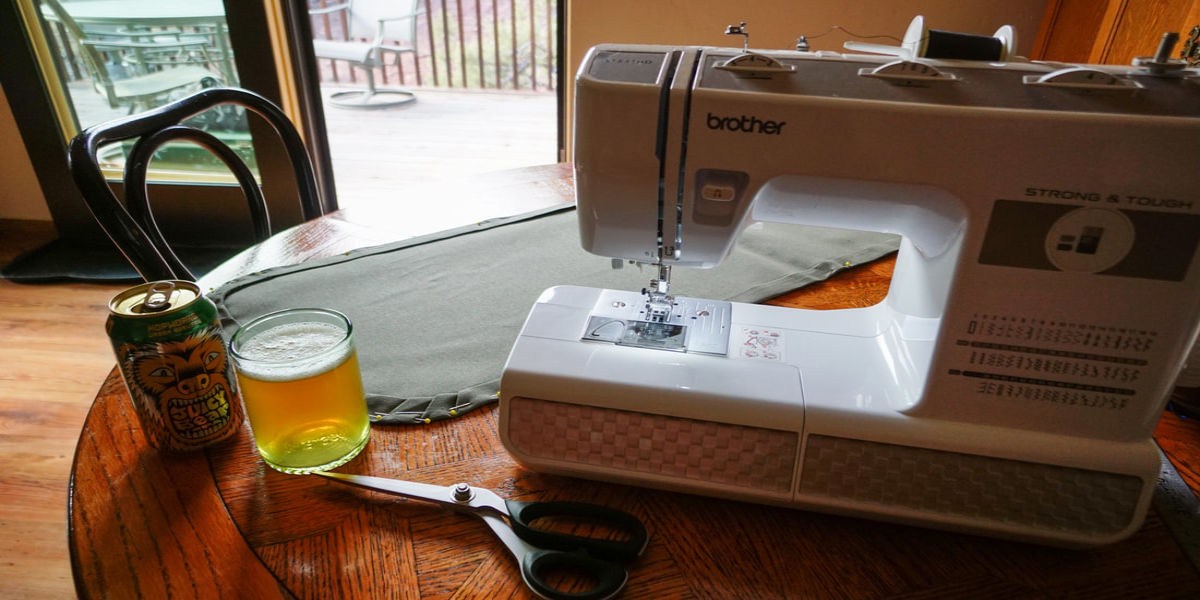
Sewing for Beginners: How I Made Waxed Canvas Window Covers For My Camper
When Eric Hockman couldn’t find truck-topper window covers for sale, he hacked his own. Here, he shows us how to do it.

Two years ago, my mom gave me a sewing machine for my birthday. I had asked for one so I could learn how to sew and add another tool and skillset to the arsenal. The machine patiently sat preserved in its box for the first year or so as life changes unfolded, leading to my significant other, Donna, and I uprooting ourselves from the Front Range and moving to the Western Slope. Once we moved into our now-current place, I finally had an appropriate spot to set the machine up, so I pulled it out of its box and set the shiny new machine on a table in our little studio space. Fast forward another eleven months and the machine still remained untouched, collecting dust as it sat on the table waiting to be threaded and run once and for all.
Back in 2015, I came up with an idea that was spawned from sleeping in the bed of my pickup truck while temporarily living in southern California. I had a topper with lightly tinted windows but no window covers for privacy, which often instilled insecurity that I might get called out, or worse—towed away while sleeping—for boondocking along the bougie streets of Laguna Beach. So, once I returned to Colorado I went to the drawing board to come up with a solution. I wanted window covers that were durable, easily adjustable to allow the sliding windows in my topper to vent, and as low profile as possible so as to not take up much space while installed or stowed away.
